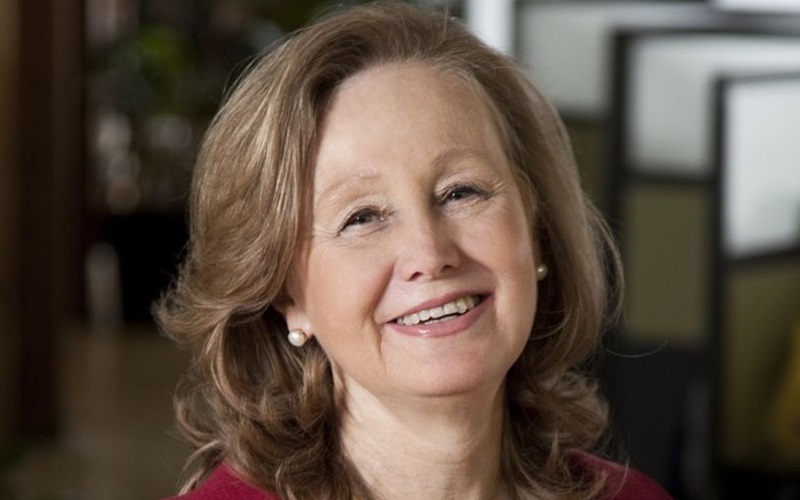
COVID came in very rapidly with a ferocity that no one expected. Most countries were ill-prepared for a pandemic response, as a result of which when the virus took hold governments were left trying to catch up. Populations experienced very long periods of lockdowns. This resulted in a lot of discomfort for citizens, particularly entrepreneurs, in the service sector – even though other sectors were faring very well.
In my own case, I was very fortunate to have been consulting with a company that specialized in medical technology. This was considered an essential service, therefore able to continue operating. However, at the beginning of the pandemic, there was a need to immediately be able to ensure that the company could continue going forward and generate sufficient profit for the foreseeable future.
This necessitated returning to the basics of business. Such as: how much money you have in the bank; how much revenue you can generate; how much inventory you have; how many people could be kept on full-time and how many needed to be furloughed or laid off.

In the case of Canada, there were a lot of government incentives in order to try to keep companies as stable as possible – such as wage relief, rent relief, etc. One of the first needs was to see exactly what these programs were and how they could apply to us and the employees, many of whom had been with the company in excess of 20 years. I’m very pleased that due to the customer set, the pulling together of the people in the company, and the sensible management of resources and inventory, the company has in fact come through in a very positive state.
However, this would not have been possible without the ability to use technologies that just 10 or 15 years ago would have been non-existent, such as Zoom. It was interesting to observe the complexities of the Zoom calls. Firstly, there is an absolute requirement for there to be a moderator of each meeting. If this is not the case, then chaos reigns. And not everyone has an opportunity to ask questions or to contribute to the discussion. I, therefore, found that it was extremely useful to ensure that each participant in the meeting would forward to the other participants their discussion points for that day in advance. An update on where their action items stood, issues and concerns, and needs for assistance from the rest of the team that would then be drilled down to the rest of the company.
Interestingly, in conducting these meetings it became obvious that in general meetings prior to COVID there were a lot of bilateral discussions, information not shared with the wider group. By observing this discipline, with all of the departmental directors participating, problems were actually getting solved more quickly than they would have previously. Simply because everyone had a bird’s eye view of what needed to be done and they could help each other either with solutions or with suggestions in real-time.
The other observation was that people are extremely self-conscious and do not like to turn the camera on. Even though in an every day working setting, people would be meeting face-to-face. It was suggested to the group that we should have the cameras on in order to foster a more personal communication, more of a team feeling. But to date, we have never accomplished having everyone show their face. There are only four people who will have their camera on all the time. And the others only intermittently.
It brings to mind that there is an educational opportunity around video conferencing meetings which could be added to future business programs. But from a human point of view it’s been a very interesting observation.
I have also been very involved on the board of the Canada-India Business Council, where we have been able to host many interesting international panels around the business with India with very high-level government officials from India, very senior business people in India, and embassies. There were sometimes people from as far away as Australia joining these sessions. Similarly, being able to join sessions that have been run by the World Economic Forum was incredibly rewarding. Whereas business travel has been and will continue to be an important aspect of relationships going forward, this new method of communication has opened up extremely interesting and educational dialogues that would not be possible to physically attend for all of the people that are able to connect electronically.
I think this is a very positive realization that when we are through the pandemic, will be continued in some format to complement the actual physical conferences.
Canada has more students from India than from any other country in the world. And the relationship between the two countries is critically important.
Along with this, I also continued to work with the building of the Animation Hub in Trinidad and Tobago and in the wider building of the sector in the Caribbean.
Whereas COVID on a personal level has been very difficult for us all, some in a physical sense, some in an emotional sense, due to the lack of individual ability other than observing the established protocols for your personal safety, I think being engaged with business initiatives and sitting on boards with very interesting people has made the journey a lot easier than it would have been without those hooks that enabled me to feel that I was still somewhat in control and sane.
I look forward to being physically able to visit India when we are through this, as my business dealings and relationships there I will always remember as being amongst my most rewarding.
(This article has been contributed by International Consultant Joan Vogelesang who’s been the CEO of Toon Boom Animation and has been a big promoter of Indian animation globally. AnimationXpress does not necessarily subscribe to these views)

